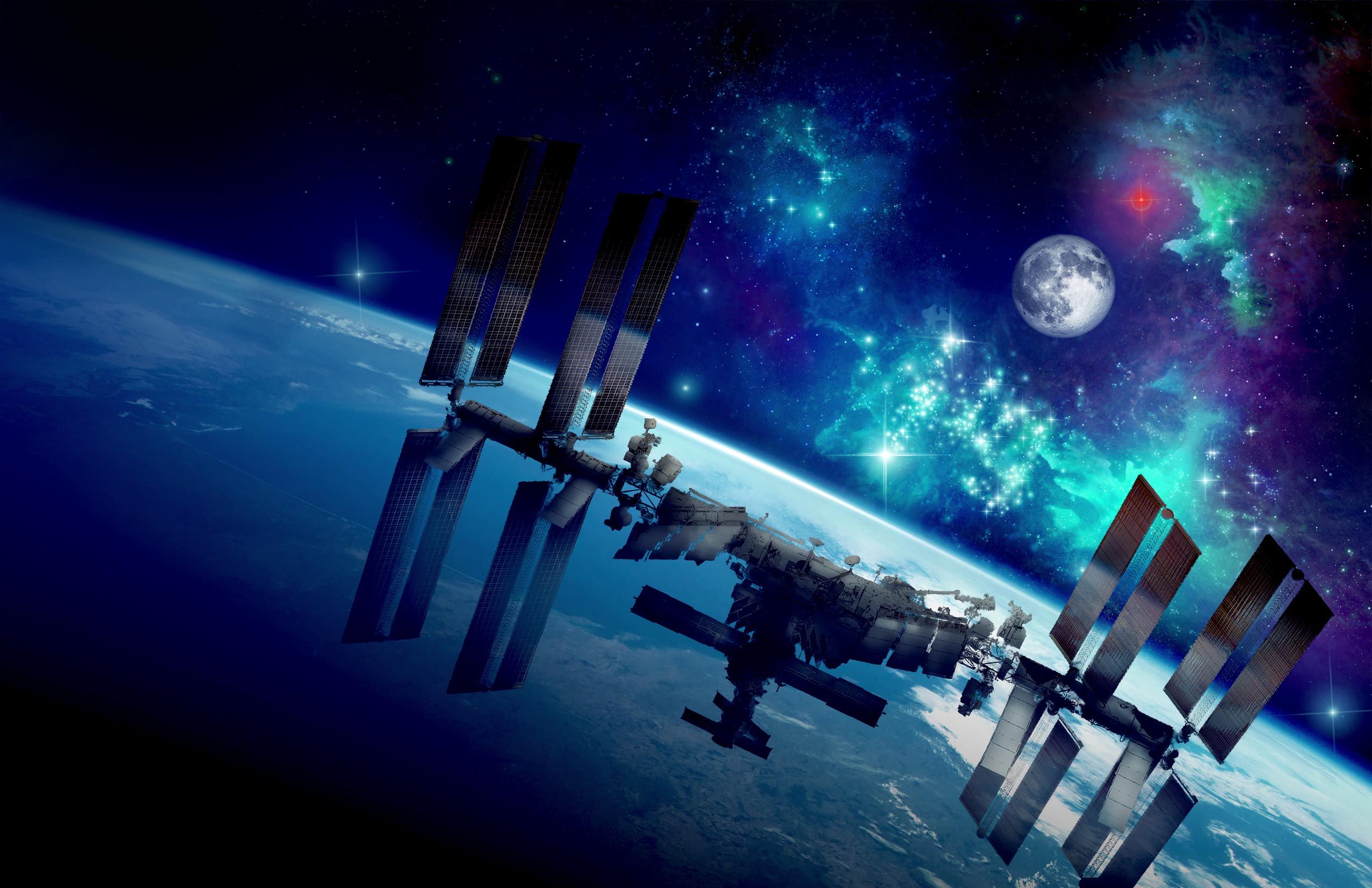For more than three decades, the International Space Station (ISS) has circled our planet as a shining beacon of science, innovation, and global cooperation. Built as the largest human-made structure in orbit, it has hosted astronauts continuously since November 2000 and served as a living laboratory for experiments that would have been impossible on Earth.
By 2030, this chapter will close. NASA has announced that the ISS will be intentionally deorbited and guided into the remote Pacific Ocean at a location known as Point Nemo. While this decision evokes a sense of nostalgia and loss, it also marks the beginning of a new era—one where private companies will lead the charge in low Earth orbit (LEO) exploration and research.
This article dives into the ISS legacy, the reasons behind its retirement, NASA’s commercial transition, the global dynamics of space exploration, and what the future may hold for humanity among the stars.
A Legacy Written in Orbit
When the ISS launched in 1998, it was more than just another spacecraft. It represented the culmination of decades of political compromise, scientific ambition, and technological daring. For the first time, nations including the United States, Russia, Canada, Japan, and European partners came together to build and operate an orbital platform.
Over the years, the ISS has hosted astronauts from 19 different countries and become a model of international collaboration. Beyond politics, it offered something priceless: access to microgravity for extended research, reshaping our understanding of biology, physics, and human health.
Key Achievements of the ISS
| Category | Notable Contributions |
|---|---|
| Medical Advances | Protein crystal growth for cancer drugs, artificial retina development, DNA sequencing |
| Biotechnology | Tissue engineering, stem cell research, bioprinting |
| Material Science | New metal alloys, fluid dynamics, combustion experiments |
| Earth Observation | Climate monitoring, atmospheric studies, natural disaster data |
| Human Spaceflight | Long-duration health studies, muscle and bone research, psychological adaptation |
The sheer scope of these contributions demonstrates why the ISS is often called “humanity’s greatest science experiment.”
The Scientific Legacy in Numbers
-
More than 4,000 experiments conducted aboard.
-
Over 4,400 research papers published.
-
Continuous human presence in orbit for 25 years by 2025.
-
Hosting 260+ astronauts from different nations.
-
Orbiting Earth 16 times a day, traveling at 17,500 mph.
These numbers reflect more than statistics—they represent decades of human ingenuity and the tireless effort to push beyond our planetary limits.
Why NASA is Retiring the ISS
The decision to retire the ISS is not about failure; it is about inevitability. Like any machine, the ISS has a finite lifespan.
Aging Infrastructure
After over three decades in space, the station’s systems are showing signs of wear. Micro-meteoroid impacts, radiation exposure, and constant usage take their toll. Maintaining safety standards has become increasingly complex.
High Costs
NASA estimates that keeping the ISS operational costs between $3 billion and $4 billion annually, nearly a fifth of the agency’s total budget. While the science is invaluable, the growing costs strain resources that could be used for other missions, such as returning humans to the Moon or sending them to Mars.
Controlled Deorbit
To avoid a catastrophic uncontrolled re-entry, NASA plans a carefully managed deorbit. By guiding the ISS toward Point Nemo—located about 2,700 miles from the nearest landmass—the agency ensures debris falls harmlessly into the ocean.
What Happens After the ISS
Retiring the ISS does not mean an end to human presence in low Earth orbit. Instead, NASA is shifting toward a new model where private companies build and operate orbital stations.
The Commercial LEO Destinations Program
Launched in 2021, NASA’s Commercial LEO Destinations (CLD) program encourages private companies to develop space stations that can host astronauts, conduct research, and even support tourism.
Key participants include:
| Company / Partnership | Project Goals |
|---|---|
| Axiom Space | First commercial module attached to ISS, evolving into full station |
| Blue Origin + Sierra Space | “Orbital Reef,” a business park in space for research and tourism |
| Voyager Space + Lockheed Martin | Building a Starlab station to focus on scientific and industrial research |
These companies must demonstrate the ability to host four astronauts for 30 days by late 2025, after which NASA will select partners for long-term collaboration.
How Commercial Space Could Transform Research
Shifting to privately managed space stations brings multiple benefits:
-
Reduced Costs: NASA can purchase services instead of bearing the full burden of maintenance.
-
Expanded Access: Universities, startups, and even nations without space agencies could buy research slots.
-
Innovation Boost: Private competition fosters faster development of advanced technologies.
-
Space Tourism: Commercial stations could host paying customers, creating a new revenue stream.
The idea mirrors how NASA partnered with SpaceX and Boeing for crew and cargo flights. What once seemed risky is now routine.
The Role of China’s Tiangong Station
As NASA phases out the ISS, China’s Tiangong space station is stepping into the spotlight. Since 2021, Tiangong has been permanently inhabited by rotating crews of three taikonauts. Operating at an altitude similar to the ISS, it is steadily growing in capability.
| Feature | ISS | Tiangong |
|---|---|---|
| First Launch | 1998 | 2021 |
| Crew Capacity | 6–7 astronauts | 3 taikonauts |
| International Partnerships | US, Russia, Canada, Japan, EU | Primarily domestic, with select partners |
| Planned End of Service | 2030 (retirement) | 2035+ (planned expansion) |
China’s independent approach signals a shift in space geopolitics. With Tiangong set to remain the only crewed station after 2030, Beijing may gain symbolic and scientific influence in orbital research.
Symbolism and Sentiment
For millions of people, the ISS is not just a laboratory but a source of wonder. Seeing its bright reflection glide across the night sky is a reminder of what humanity can achieve when working together. Its deorbit in 2030 will evoke emotions of pride, nostalgia, and anticipation for the future.
The controlled descent into Point Nemo will be one of the most carefully planned space operations ever undertaken, closing the book on a historic era while opening a new one driven by private enterprise.
Future Beyond Low Earth Orbit
Retiring the ISS allows NASA to reallocate funds toward deep space exploration. Projects on the horizon include:
-
Artemis Program: Returning humans to the Moon by the mid-2020s.
-
Gateway Lunar Station: A small outpost orbiting the Moon to support long-term exploration.
-
Mars Missions: Research into long-duration human survival will eventually prepare crews for Mars expeditions.
This redirection aligns with NASA’s long-term goal: enabling humans not just to visit space, but to live and work there sustainably.
Challenges of Privatizing Space
While commercial stations promise innovation, challenges remain:
-
Financial Sustainability: Can companies profit from research and tourism?
-
Safety Oversight: Private operators must meet strict NASA and international safety standards.
-
Equitable Access: Will developing countries or smaller research institutions afford participation?
-
Geopolitical Tensions: With China’s Tiangong rising, will cooperation or competition dominate the future?
These questions underscore the uncertainty of the next phase of orbital science.
Looking Ahead: The Post-ISS Landscape
The retirement of the ISS is not an ending but a pivot. Just as the Space Shuttle era gave way to the era of commercial rockets, the ISS era is giving way to privately managed space habitats. The landscape of orbital research in the 2030s may include multiple commercial platforms alongside Tiangong, with NASA as a customer rather than a sole provider.
Conclusion
The International Space Station’s deorbit in 2030 will mark the close of one of humanity’s greatest collaborative projects. Its legacy is profound: thousands of experiments, countless scientific breakthroughs, and an enduring symbol of global unity.
Yet the story of human space exploration continues. Private companies are preparing to carry the torch, and China’s Tiangong is already proving that orbital science will not stop with the ISS. As humanity stands on the edge of commercial expansion into space, we may look back at the ISS not as the end, but as the foundation of an exciting new chapter.
The night sky may look different without the ISS, but the dream of exploration will remain as bright as ever.









Leave a Comment